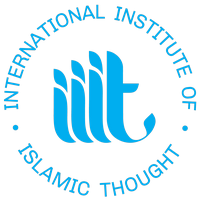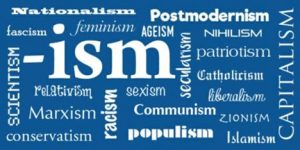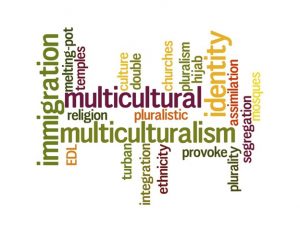ORIENTATION, BALANCE, AND INTEGRATION

Francis Bacon had already seen that having agreed definitions to start with involves a circular reasoning conundrum: “Yet even definitions cannot cure this evil in dealing with natural and material things, since the definitions themselves consist of words, and those words beget others.” Awkwardly, the words used in any definition must in turn be defined, an unending process which can never generate an exact understanding of the meaning of the words. Clearly, this conundrum cannot be resolved through the medium of a glossary, which, by definition, cannot be a means of excavating meanings not couched in words. Yes, the “letter” can be a “veil,” a source of confusion and distraction, “a fertile ground” as Ziauddin Sardar contends, “for misinterpretation and misunderstanding,” but this is precisely why we need a glossary which provides orientation and balance in the way we navigate concepts, “a tool for developing a more nuanced understanding of indispensable terms and concepts that become the building blocks of the Integration of Knowledge discourse.” Three terms introduced here – orientation, balance, and integration – provide, I believe, the essential matrix for our endeavor. And the deconstruction and realignment of definitions rooted in such a matrix requires more than a straightforward lexicon or glossary of terms. It has to be a deeper “exploration of the changing meaning of terms and concepts, a historical and moral critique, and an attempt at contemporary formulation that has meaning within our first principles.” Most importantly, “its function is to lay the foundation of a new integrative and inclusive mode of consciousness that move us towards the new paradigm.” Sardar’s reference here to an “integrative mode of consciousness” echoes the work of the philosopher Jean Gebser to which I referred in Chapter 3.
This article is an excerpt from: Ziauddin Sardar & Jeremy Henzell-Thomas, Rethinking Reform in Higher Education (London/Washington: IIIT, 2017), p. 189.
The views expressed in this article are those of the author and do not necessarily reflect the views of the International Institute of Islamic Thought (IIIT).




